In 1984 Canada and the provinces agreed to five principles as part of the Health Act. Originally it was agreed that the budget would be split 50 – 50 (federal funds – provincial funds), but this has since changed with more money being provided by the provincial governments.
These five principles, as you will see, are open to interpretation – and actually opened to formal discussion as of December 14th, 2010.
Health Act Principles (1984)
- Public Administration
The government will control the operation of the health care system on a not-for-profit basis. - Comprehensiveness
This depends on the province. For example, in some places physiotherapy is covered. Provinces can also have different criteria for allowing patients into nursing homes.
Truly comprehensive services across the country include the following, however criteria leading to these services may differ:- Physician Visits,
- Hospital Stays; and
- Hospital Dental Services.
- Universality
All Canadians have access to health care – 100%. - Portability
Canadians can move around and still get health care, even out of country. However, if payment is required then the province will adequately reimburse the resident/patient at the rate of the home province, NOT the rate where health care was received. - Accessibility
There should be no barriers to health care.
The two principles that are most often multi-interpreted are Comprehensiveness and Accessibility. It is imperative that we take a closer look at these.
Comprehensiveness
As stated above, the truly comprehensive services that are available for every Canadian citizen are Physician Visits, Hospital Stays and Hospital Dental Services. Let us look at each of these in a little more detail.
Physician Visits
Physicians are paid on a fee-for-service basis (i.e. they get paid per medical act). These fees are negotiated between the government and the medical association (the act is called Physician Remuneration…and yes, there is a lot of paperwork). For a visit to the General Practitioner (GP) that occurs in his/her office (i.e. the patient is an ‘outpatient’), the fee is $37.00. For a visit that occurs in a hospital (i.e. the patient is an ‘inpatient’), the fee is $17.00. This difference exists to help physicians cover the overhead costs of running an office. Keep in mind that being ‘seen’ by a doctor could involve a five minute conversation or a simple sweep of your chart and vitals.
Hospital Stays
Hospitals are expensive. They involve the costs of personnel, pharmaceuticals, food, building expenses, etc. It is averaged that a single day at the hospital costs $1000.00. This is why hospitals are constantly trying to reduce the length of hospital stay required before and after procedures. For example, new mothers without complications are sometimes out the next day.
Hospital Dental Services
Dentistry in general does not fall under health care (although if we consider cost-effectiveness it really ought to). However, dental services can be part of emergency procedures at which point they would be covered through the Canada Health Act.
Accessibility
Oh, this is so complicated. Here, you take a look:
12.1.a. In order to satisfy the criterion respecting accessibility, the health care insurance plan of a province must provide for insured health services on uniform terms and conditions and a basis that does not impede or preclude, either directly or indirectly whether by charges made to insured persons or otherwise, reasonable access to those services by insured persons.
Or, insured persons (i.e. tax payers) should not have barriers to health care. One barrier is finances, therefore patients should not be met with user fees or administration fees (direct charges) in order to access health care.
I know you’re wondering why some services (e.g. Québec walk-in clinics) are allowed to charge money. The answer is simple, you don’t NEED to go to that clinic. There exists a clinic that will not charge you fees (even if it IS the emergency room where you will wait 6 hours to be seen, where your condition will potentially worsen, and which will decrease your economic productivity – sigh). In Québec clinics charge $95.00 a visit. Compare that to the $37.00 physician remuneration I mention above. That is a ‘user fee’ or ‘facility fee’ or ‘service fee’ of $58.00.
So, if you have money you can visit a faster user-fee-charging clinic and get back to making money. If not, then either you live with being ill or cram into a free clinic with other sick people and wait – one of the reasons that socio-economic status is an excellent indicator of health. These two speeds, called a two-tiered system, are just the beginning of provincial rule bending in regards to the Canada Health Act.
Personal Note:
I would like to propose that finances are NOT the only issue of accessibility. Consider rural areas. Where I come from the closest ‘hospital’ is over 30 minutes away – and that is only if it is open. If a physician is not available I may need to continue ANOTHER 30 minutes (that’s a hour if you’re adding) to reach the next hospital. The act of getting to a doctor suddenly becomes difficult, so there are three choices:
- Call an ambulance
The ambulance (expensive) must travel the same 30 minutes to get to you (20 minutes if they are heavy-footed) and then turn around and go back. Remember that irreparable brain damage occurs after four minutes. - Travel
Elderly, handicapped or poor patients would see travel as a infringement to the accessibility of their health care. Without a car, gas, a licence and the physical ability, these distances cannot be traversed (especially since there is no local transportation in this area). - Avoid
Ignoring a small health concern will likely lead to it escalating (see option #1).
This personal note is corroborated by the Canadian government’s September 2006 Report “How Healthy are Rural Canadians?”:
The reality of living in rural and remote areas is that there are fewer health care services. Geographic isolation and problems with access to and shortage of providers and services are multidimensional problems. For instance, poor road quality combined with greater periods spent on the road not only contribute directly to higher incidence of injury, but also compromise access to health services. Moreover, difficult economic circumstances, travelling time to the city and the lack of car ownership can affect access to and demand for health services.


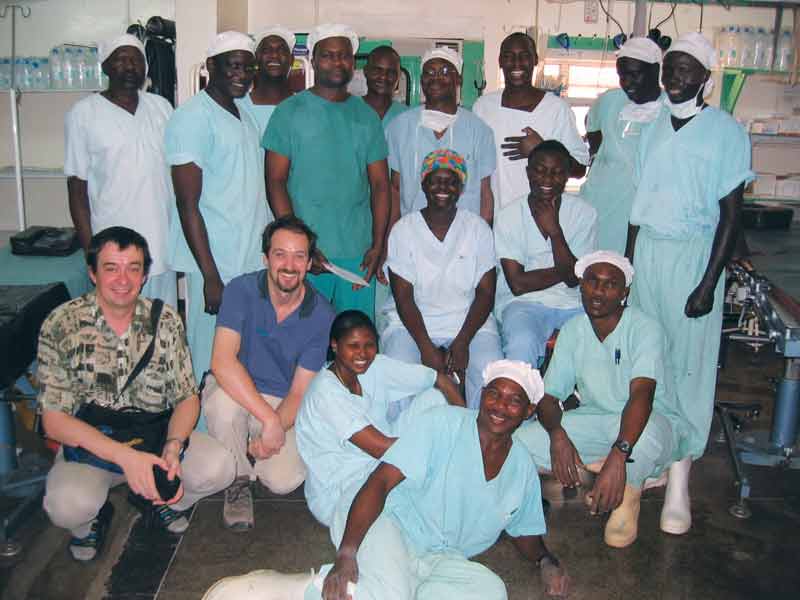
 Dear whoever is interested,
Dear whoever is interested,
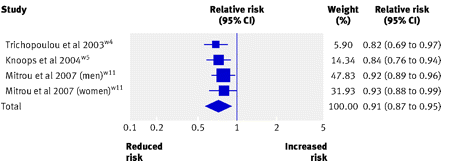
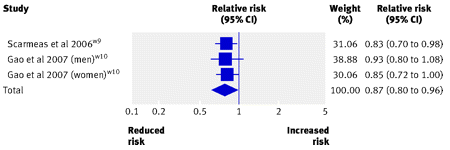
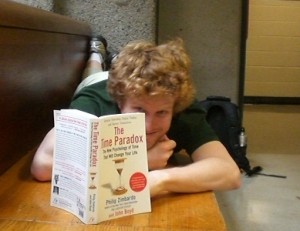 I like to read. This post is about how I have integrated more reading into my life.
I like to read. This post is about how I have integrated more reading into my life.
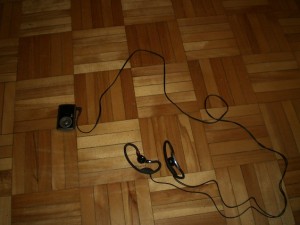
 For a presentation during my Master’s studies I brought along some objects to use as learning aids. I was anticipating the multiple learning styles that may be in the classroom. Just prior to my moment in the spotlight, I looked at some of the more tactile items and said, “These are for the kinesthetic learners, although I doubt they made it this far.”
For a presentation during my Master’s studies I brought along some objects to use as learning aids. I was anticipating the multiple learning styles that may be in the classroom. Just prior to my moment in the spotlight, I looked at some of the more tactile items and said, “These are for the kinesthetic learners, although I doubt they made it this far.” Kinesthetic learners gain knowledge through doing and feeling (e.g. some learn best on their feet). If they are to understand the concept of addition, they would rather add physical steps than images on paper. If they are to grasp mechanics, they would rather take a motor apart than study how it works in theory. If they are to memorize anatomy, they would rather touch, feel, poke and prod a dummy.
Kinesthetic learners gain knowledge through doing and feeling (e.g. some learn best on their feet). If they are to understand the concept of addition, they would rather add physical steps than images on paper. If they are to grasp mechanics, they would rather take a motor apart than study how it works in theory. If they are to memorize anatomy, they would rather touch, feel, poke and prod a dummy. This is a major oversight. After all, the major neurological unit of movement (the cerebellum) is biologically one of the oldest and most important parts of the brain. All of the deliberate actions we make involve the cerebellum.
This is a major oversight. After all, the major neurological unit of movement (the cerebellum) is biologically one of the oldest and most important parts of the brain. All of the deliberate actions we make involve the cerebellum.